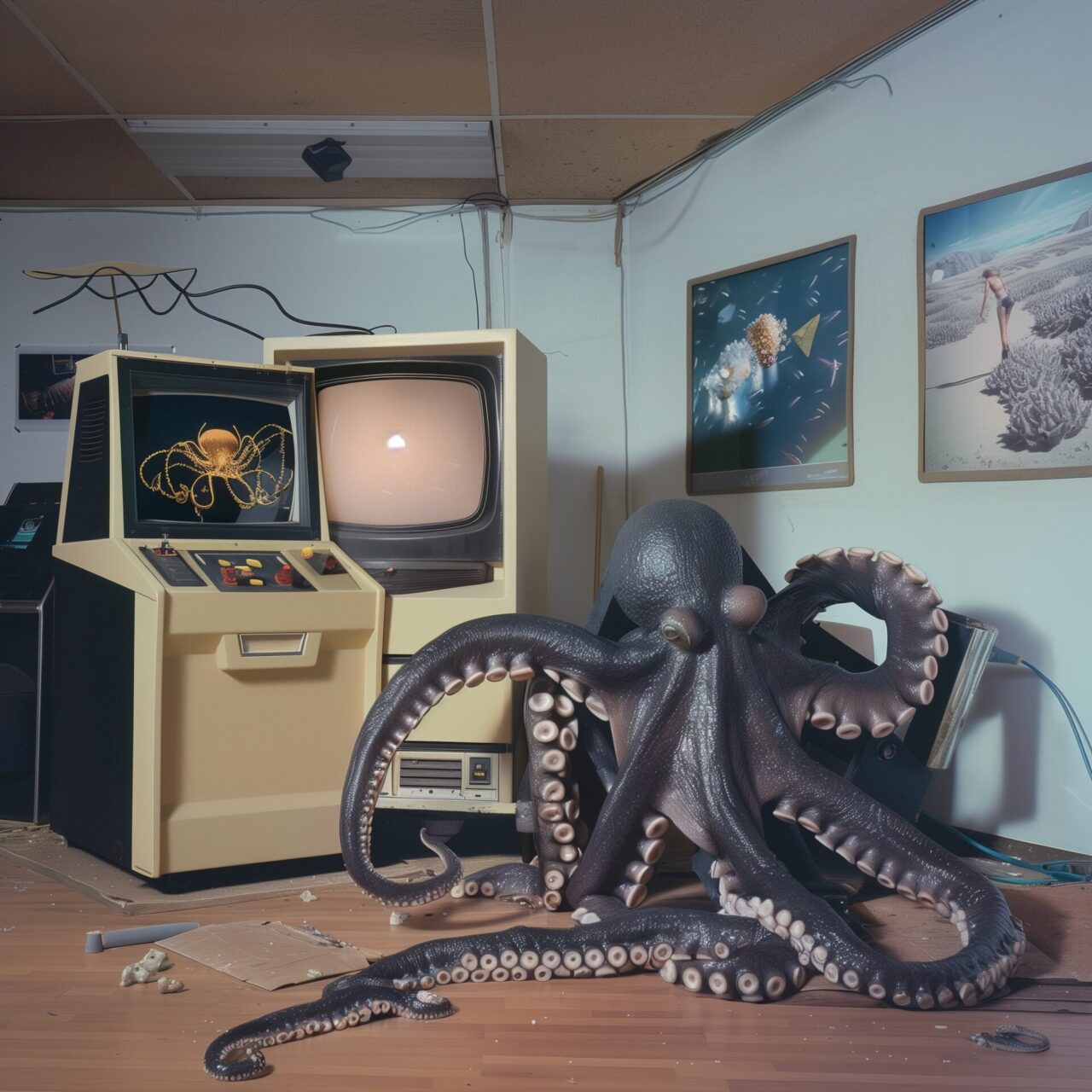
The survival kit of evolution
In the unpredictable stage show of evolution, some animals have equipped themselves with abilities that could amaze even the boldest science fiction writer. These creatures, masters of camouflage, transformation and survival, have developed techniques so unusual and effective that they almost seem like superpowers. Let’s explore some of the most bizarre and brilliant survival strategies in the animal kingdom.
The tactics of octopuses: masters of masquerade
Cuttlefish, especially the mimic octopus, are the illusionists of the sea. These clever animals can change not only their colour but also their shape to outwit predators. The mimic octopus can disguise itself as a sea snake, flounder or even a poisonous jellyfish by arranging its arms with astonishing precision. This ability to mimic is so sophisticated that it is not just a physical adaptation, but an acrobatic display on a biological level.
The termites’ suicide mission: Last Stand
Some termite species have developed rather explosive defence tactics. In the truest sense of the word. Older workers that are already reproductively exhausted can sacrifice themselves to protect their colonies by releasing a toxic glue from their bodies that immobilises or kills enemies. These “kamikaze termites” use a chemical weapon that leaks from specialised glands when they feel threatened, a tactical life insurance policy for the rest of the colony.

The frosty survival of the wood frog: cold coma artists
The wood frog from North America has developed a remarkable method of surviving icy winters. This frog can turn most of its body water into ice, with its organs protected by glucose as a natural antifreeze fluid. Essentially, the wood frog freezes over the winter and ‘wakes up’ again in the spring when temperatures rise – a remarkable example of cryogenic adaptation.
The heat battle of the desert ants: Sprinters on sand
The Saharan silver ant holds the record for the most heat-tolerant land animal in the world. These ants gather food in the midday heat of the desert, when temperatures are so high that their predators have to seek shelter in the shade. They have developed heat-repellent body structures and can run extremely fast to regulate their body temperature and not literally burn the ground beneath their feet.
The smell of death: The bird world of deception
The European cuckoo is known for its parasitic breeding strategy, in which it lays its eggs in the nests of other birds. What is less well known is the ability of cuckoo chicks to scare off predators by imitating the odour of decay. This olfactory deception protects them from curious birds of prey and other dangers that would otherwise expect an easy meal.
Evolutionary biology as a chamber of riddles and wonders
These examples from the animal kingdom show that survival strategies can be as diverse and innovative as the challenges faced by animals. From explosive self-defence measures to anti-frosty amphibians, nature demonstrates an inventive range of solutions that often push the boundaries of what we think is possible. In this sense, the study of animal biology remains an endlessly fascinating field that constantly reminds us how complex and surprising life on our planet can be.


